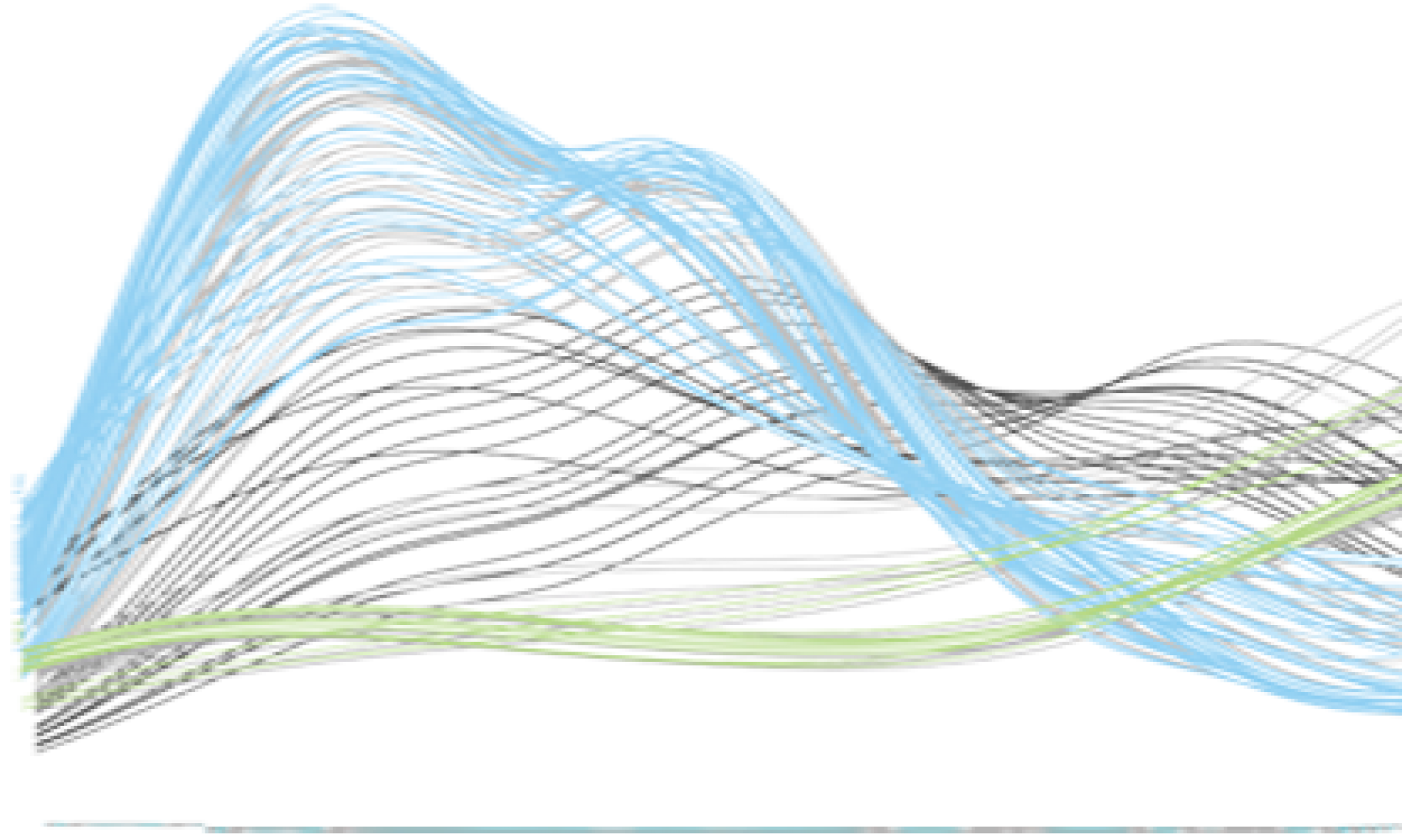 Austin RS, Vidaurre D, Stamatiou G, Breit R, Provart NJ, Bonetta D, Zhang J, Fung P, Gong Y, Wang PW, McCourt P, Guttman DS
Austin RS, Vidaurre D, Stamatiou G, Breit R, Provart NJ, Bonetta D, Zhang J, Fung P, Gong Y, Wang PW, McCourt P, Guttman DS
Plant J. 2011 Aug;67(4):715-25
PubMed PMID: 21518053
Abstract
Next-generation genomic sequencing technologies have made it possible to directly map mutations responsible for phenotypes of interest via direct sequencing. However, most mapping strategies proposed to date require some prior genetic analysis, which can be very time-consuming even in genetically tractable organisms. Here we present a de novo method for rapidly and robustly mapping the physical location of EMS mutations by sequencing a small pooled F? population. This method, called Next Generation Mapping (NGM), uses a chastity statistic to quantify the relative contribution of the parental mutant and mapping lines to each SNP in the pooled F? population. It then uses this information to objectively localize the candidate mutation based on its exclusive segregation with the mutant parental line. A user-friendly, web-based tool for performing NGM analysis is available at http://bar.utoronto.ca/NGM. We used NGM to identify three genes involved in cell-wall biology in Arabidopsis thaliana, and, in a power analysis, demonstrate success in test mappings using as few as ten F? lines and a single channel of Illumina Genome Analyzer data. This strategy can easily be applied to other model organisms, and we expect that it will also have utility in crops and any other eukaryote with a completed genome sequence.
